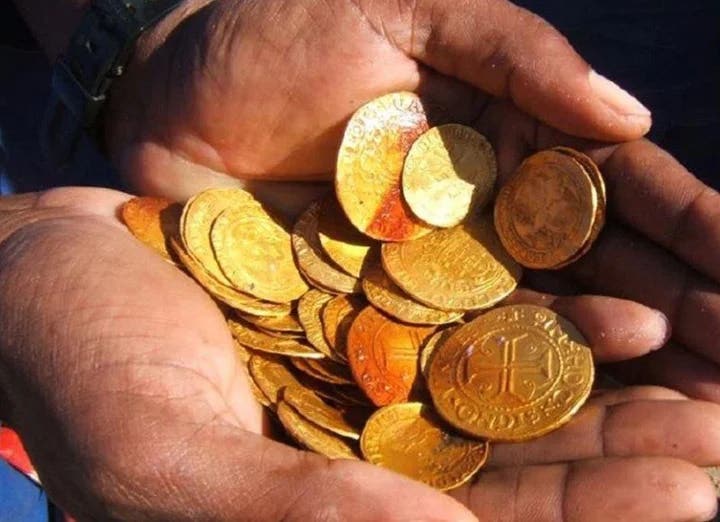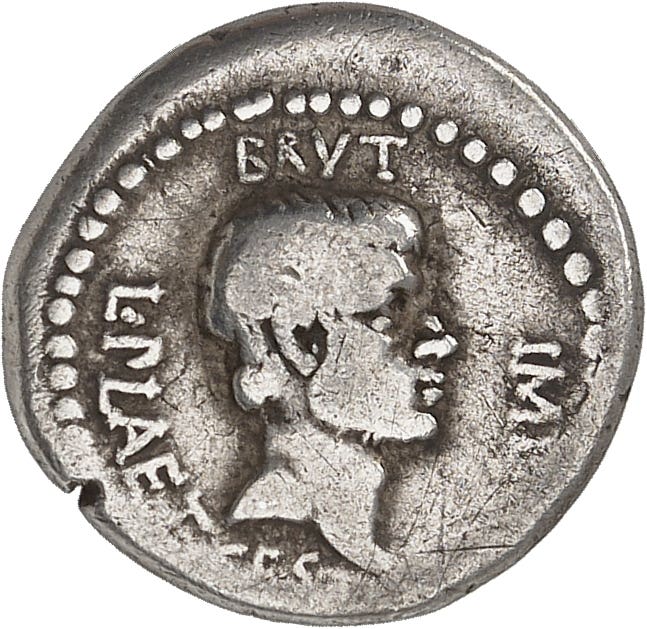South Africa Shares Its Currency
The development of a currency system by BRICS that could challenge the U.S. dollar as the premier currency on world markets won’t happen in the immediate future.
Perhaps BRICS, the acronym for a proposed currency union between Brazil, Russia, India, China, and South Africa, wasn’t on the official agenda at the 2023 trade meeting of these nations in Johannesburg, but South Africa is already paving the way for a more localized currency union of its own.
Prior to the 2023 15th annual trade summit between the so-called BRICS nations, British economist Lord Jim O’Neill told the Financial Times newspaper the group “never achieved anything since they first started meeting.”
O’Neill added, “It’s just ridiculous. They’re going to create a BRICS central bank? How would you do that? It’s embarrassing almost.”
O’Neill should be careful when he uses the word “almost.” It is true the BRICS intention of developing a currency system that can challenge the U.S. dollar as the premier currency on world markets is likely out of the immediate picture, but South Africa and Africa, in general, have been making positive moves toward a continent-wide currency union for years.
An international agreement called the Abuja Treaty, signed on June 3, 1991, created the African Economic Community. Plans call for an African Central Bank to be established by 2028. The group failed to make its 2023 target for a single afro or afriq denominated currency but headway has been established through several regional common currencies, including that which uses the South African rand.
The Common Monetary Area, allied with the Southern African Customs Union, is comprised of Eswatini, Lesotho, Namibia, and South Africa. This is a trade union with the goal of giving each of the nations involved equitable economic advancement. The South African rand is legal tender in each nation in addition to Lesotho using the loti, Namibia using the Namibian dollar, and Eswatini using the Swazi lilageni. Each currency is traded on par with the rand. Botswana was previously a member of the CMA; however, it replaced the rand with the pula in 1976 in anticipation of future economic problems.
South Africa released a new series of coins and bank notes in May. The Cape honey bee replaces the aloe on the 10-cent coin, the bitter aloe now appears on the 20 cent, the Knysna turaco (loerie) is on the new 50 cent, the king protea flower is replacing the springbok on the 1 rand, the springbok is then replacing the kudu on the 2 rand, and the 5 rand replaces the buffalo with the southern right whale and the galleon.
The preamble to the Constitution and a miniature of the South African flag have been added to bank notes as part of the security devices present.
At the July CMA meeting Bank of Namibia Governor Johannes !Gawaxab admitted that introducing an African currency for the entire continent is still a long way off. !Gawaxab said, “To achieve this noble objective, we need similarities in inflation, debt levels, fiscal policies, and banking rules to mention but a few.”
Inflation in the CMA remained elevated at 6.4 percent for the first quarter of 2023. This weakened the rand, however, according to !Gawaxab, “The spill-over-effects have been acute as most of our smaller countries are net importers of goods and services. We shouldn’t shy away from pointing this out and reflect on mitigating strategies in light of the direct but varied impact in each of our countries,” continuing, “The benefits of its membership in the CMA outweigh the costs.”
It is a question if a BRICS or all-Africa currency can become a reality. In addition to the CMA, there is an Arab Maghreb Union, Northern Afriq, Southern African Development Community, Southern Afriq, Community of West African States, Western Afriq, East African Community, Eastern Afriq, and Central Afriq, each with its own common markets.
There is also the West African CFA franc zone and the Central African CFA franc zone, each of which issues a common currency used by their member nations.
In addition, there are challenges, such as the 22.79 percent inflation in Nigeria that has decimated that country's economy and currency system. Nigeria attempted to replace its inflationary bank notes with a new system, but the nation’s supreme court ruled both could circulate simultaneously, creating more problems by that ruling.
So far, the closest anyone has come to a common currency for the continent is the afro prototype currency created by Mansour Ciss and Baruch Gottlieb in 2002. The notes were sold and given away to people in Dakar and Senegal “to reflect on the meaning of money and future of their own local currency.”








